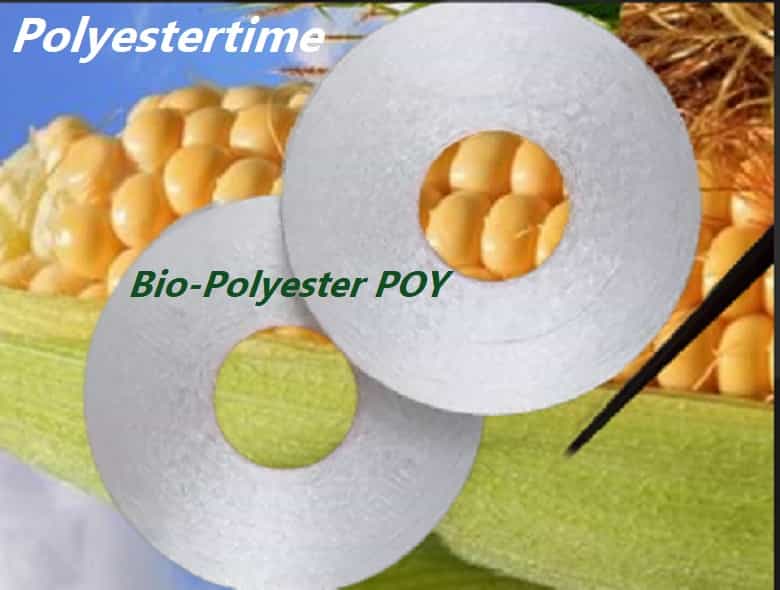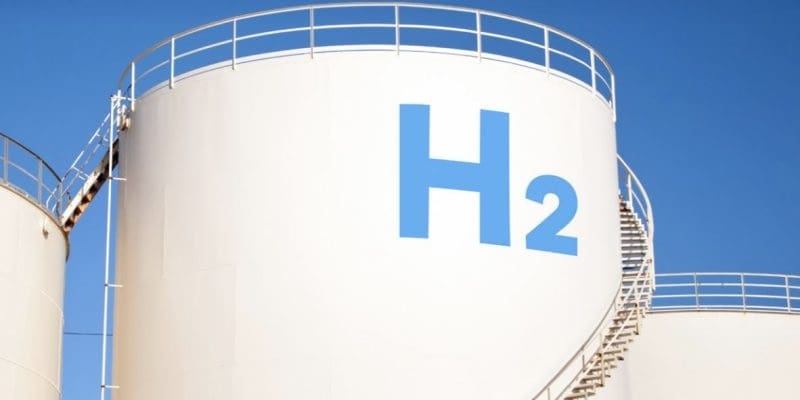Nuclear Fusion – Germany’s automotive industry, a cornerstone of its economy, is now facing unprecedented challenges 14-10-2024
Nuclear Fusion
Eco-friendly PLA – Floreon Wins the 2024 Innovation in Bioplastics Award for Therma-Tech
Crude Oil Prices Trend

Crude Oil Prices Trend by Polyestertime
China Advances Nuclear Fusion with Artificial Intelligence
Chinese scientists have made significant progress in nuclear fusion research by leveraging artificial intelligence (AI) to enhance measurement speed and accuracy in fusion reactors. Led by Professor Lyu Bo from the Hefei Institute of Physical Sciences, the team combined artificial neural networks with X-ray crystal spectroscopy (XCS) to better control plasma behavior in fusion devices.
Fusion reactors rely on controlling plasma, a superheated state of matter, to maintain stability. Key parameters like ion temperature and plasma rotation speed must be measured in real time, but this has posed challenges. Nuclear Fusion
The team developed two AI models: Deep Neural Networks (DNN) and Convolutional Neural Networks (CNN). Both models accurately computed real-time ion temperature and rotational velocity profiles. Tests on the Experimental Advanced Superconducting Tokamak (EAST) confirmed the models’ precision, closely aligning with actual data.
Notably, the DNN model proved over 10 times faster than traditional methods, delivering near-instantaneous results without sacrificing accuracy, crucial for optimizing reactor performance. The CNN models provided detailed insights into temperature distribution within the plasma, predicting rotational velocity and generating localized temperature profiles. Nuclear Fusion
This breakthrough is not limited to fusion. The AI models are adaptable to other diagnostic systems, offering broader applications in scientific fields. Professor Lyu Bo emphasized that this advancement improves fusion reactor performance and automation.
The research marks a step toward developing fusion energy, a potential clean and limitless power source. An important milestone was also achieved in the construction of the vacuum vessel for an experimental reactor, with Italy playing a key role in the component’s completion. Nuclear Fusion

Spain recently took a major step to boost its automotive industry by offering substantial public subsidies to electric vehicle production
As part of the third call for proposals from Perte Vec, a government program supporting electric vehicle manufacturing, Spain’s Ministry of Industry granted nearly 190 million euros to key industry players Stellantis and Volkswagen.
Stellantis, led by Carlos Tavares, received a 133-million-euro subsidy for its battery gigafactory project in Figueruelas, near Zaragoza. This is part of a broader 300-million-euro government support package. Stellantis is investing a total of 2.5 billion euros into the factory, which is expected to generate 3,000 jobs. Additionally, Stellantis might collaborate with China’s CATL, a leading electric vehicle battery manufacturer. The company also secured 2 million euros for expanding its Vigo plant, further boosting its electric vehicle production in Spain. Nuclear Fusion
Volkswagen, through its subsidiary PowerCo, also benefited from Perte Vec, with its funding for the Sagunto gigafactory near Valencia increased from 98 million to 152 million euros. This facility will be key to Volkswagen’s expansion of electric mobility across Europe.
Spain’s government plans further support, with a fourth Perte Vec call by year’s end, which will offer 1.25 billion euros in additional grants. These initiatives demonstrate Spain’s commitment to becoming a key player in electric vehicle manufacturing. Nuclear Fusion

Germany’s automotive industry, a cornerstone of its economy, is now facing unprecedented challenges
As economic growth forecasts for 2024 are downgraded and global uncertainties loom, the future of this sector is in question. Historically fueled by low-cost energy and strong exports, particularly to China, Germany’s economy now grapples with structural and cyclical changes that threaten its prospects. Nuclear Fusion
The nation’s second consecutive year of recession, with a forecasted 0.2% GDP contraction in 2024, reflects long-term issues. Investment has fallen sharply, impacting the automotive sector, already under pressure from the transition to electric vehicles. The economic downturn, coupled with a drop in private investment, could hamper the sector’s ability to compete globally, especially against Chinese and U.S. manufacturers.
Protectionism also poses risks. EU tariffs on Chinese electric vehicles and retaliatory measures from China could hurt German exports, especially luxury cars. This forces Germany to seek new markets amid stiff competition. Domestically, the ecological transition and bureaucratic hurdles further complicate matters, slowing innovation and decision-making. Nuclear Fusion
Looking ahead, Germany expects modest recovery by 2025. However, for its automotive industry to thrive, it must embrace sustainability, digitalization, and diversify its markets. By accelerating green technology investments and capitalizing on new environmental regulations, Germany can reclaim its leadership in the global automotive industry, despite mounting challenges.

EIA Reduces Oil Demand Projections for 2025
The U.S. Energy Information Administration (EIA) has revised its oil demand forecasts for 2025, citing weaker economic activity in China and North America. According to the EIA’s October 2024 Short-Term Energy Outlook, global oil demand is expected to grow by 1.2 million barrels per day (bpd) to 104.3 million bpd, which is 300,000 bpd lower than prior estimates. For 2024, global demand is forecast at 103.1 million bpd, reflecting a minor downward revision of 20,000 bpd. Nuclear Fusion
The reduction in demand projections stems from slower industrial production in the U.S. and Canada, as well as a decrease in China’s crude imports and refinery activity. U.S. oil demand for 2025 is expected to rise slightly to 20.5 million bpd, down from the earlier forecast of 20.6 million bpd.
In terms of production, the U.S. is anticipated to produce 13.22 million bpd in 2024, marginally lower than previous forecasts. Production is projected to reach 13.54 million bpd in 2025, a 1% drop from earlier estimates of 13.67 million bpd. Nuclear Fusion
Additionally, the EIA has lowered its oil price forecasts, expecting U.S. crude to average $76.91 per barrel in 2024, a 2.4% reduction. These adjustments highlight ongoing market uncertainties, as the EIA’s outlook contrasts with those of other major forecasters like OPEC and the IEA.

Toyota Unveils Hydrogen Cartridges for Portable Charging
Toyota is advancing its exploration of alternative vehicle power, including electric, hybrid, and hydrogen fuel cell electric vehicles (FCEVs). At the Japan Mobility Show 2024, the company introduced portable hydrogen cartridges, offering a novel approach to powering future FCEVs. Nuclear Fusion
The hydrogen cartridges, resembling oversized AA batteries, are designed for easy attachment to vehicles or other devices. When empty, users can simply swap them for new cartridges, providing a more convenient way to recharge vehicles and appliances.
According to a Toyota press release, “Hydrogen tanks, once bulky and hard to transport, are now compact and lightweight, enabling easy, hand-held portability.” The goal is to make hydrogen a practical, safe energy source for everyday use.
What sets these cartridges apart is their quick recharge time. Unlike electric vehicles that require longer charging stops, hydrogen cartridges can be replaced in seconds, restoring power almost instantly. This process is similar to changing flashlight batteries, offering seamless energy replenishment. Nuclear Fusion
While the practicality of this innovation remains to be seen, Toyota is optimistic. The cartridges also support sustainability by using renewable sources. Since hydrogen produces only water as a by-product, this technology aligns with efforts to combat climate change. Toyota’s hydrogen cartridges could mark a significant step toward a cleaner, more sustainable future

Nuclear Fusion



